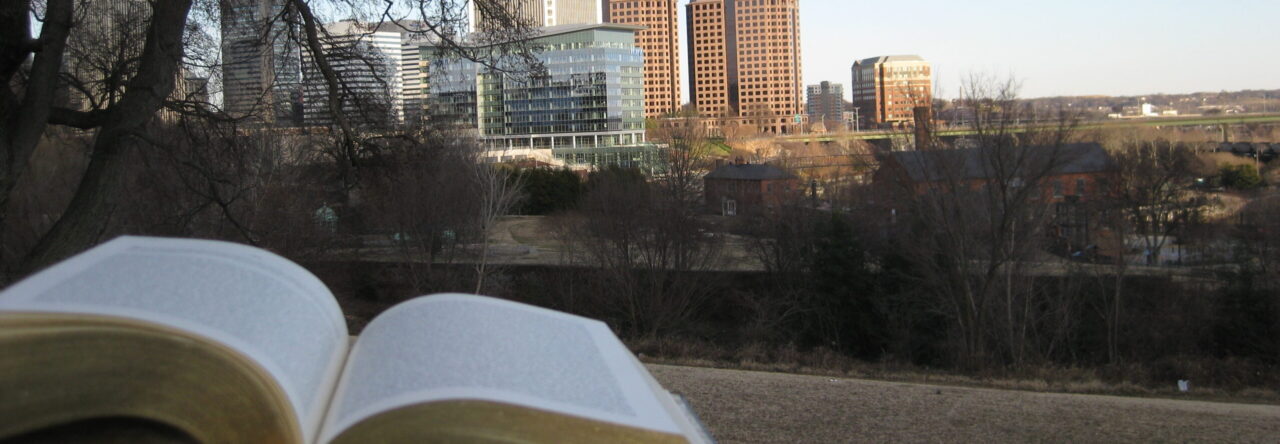When my parents and I came to Richmond, the first thing that my dad noticed was that the highway cut directly through the city. I kind of brushed him off because he always notices things like this whenever we go to a new place, so I just assumed he was being nitpicky and that it was bad urban planning. However, after reading chapters 7-8 of Richmond’s Unhealed History, I realized that the placement of the highway through the center of the city was meticulous. It was heartbreaking to read about the communities destroyed at the hands of city construction, and the number of people displaced without anywhere to go. Another thing that struck me from these chapters was the extensive details about “managing segregation,” as Campbell refers to it. The lengths that the government went to in order to maintain racial and economic hierarchy removed any chance that people of color or those who were poor would be able to vote, get an education, or become employed (and then there was that law that you had to be employed).
I have to say while reading these chapters, there wasn’t a lot that surprised me. Boston has a deep history of bussing and redlining, and the term gerrymandering was coined in Massachusetts. So, learning that Richmond, the Capital of the Confederacy, also had these same issues, was not surprising to me. However, this reading was hard to digest because of the extent to which lawmakers went so that integration did not happen in Richmond. Something that did surprise me was how hidden the city officials tried to keep their efforts to segregate the city. It’s like they knew what they were doing was wrong so they tried to hide it, instead of making efforts to comply with the federal government and stop segregating their schools, districts, and neighborhoods.

Leave a Reply